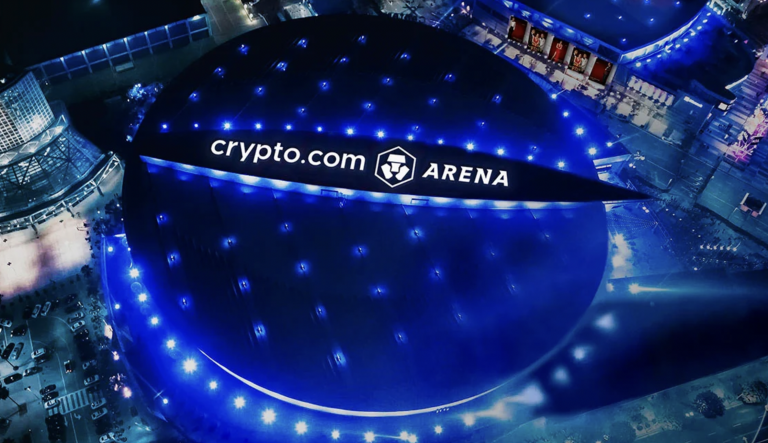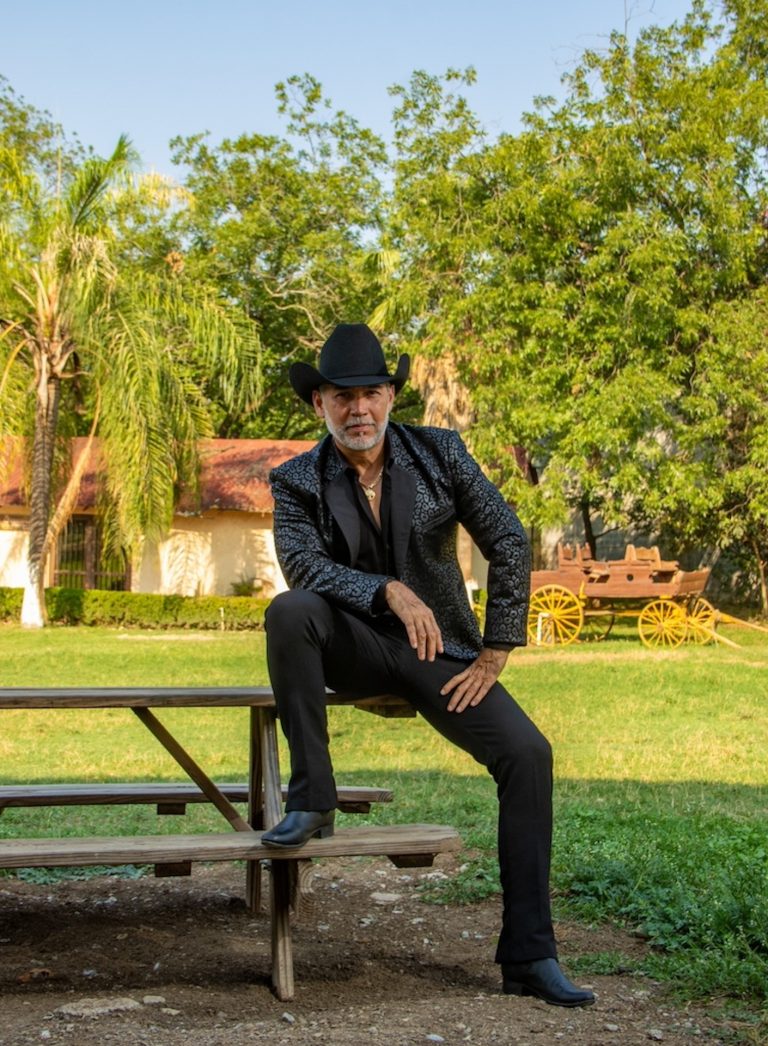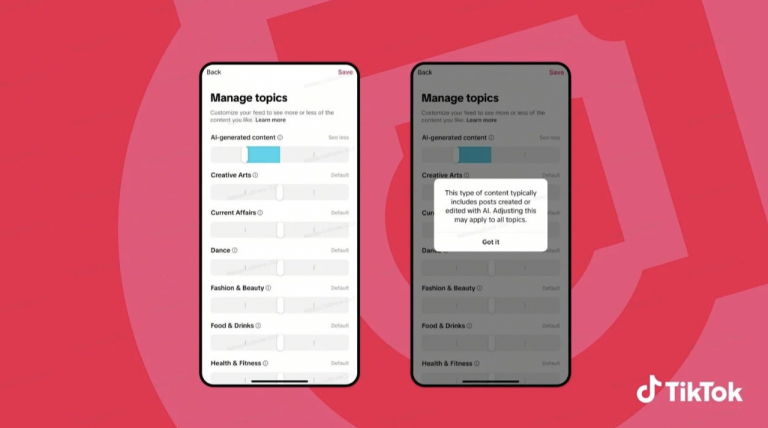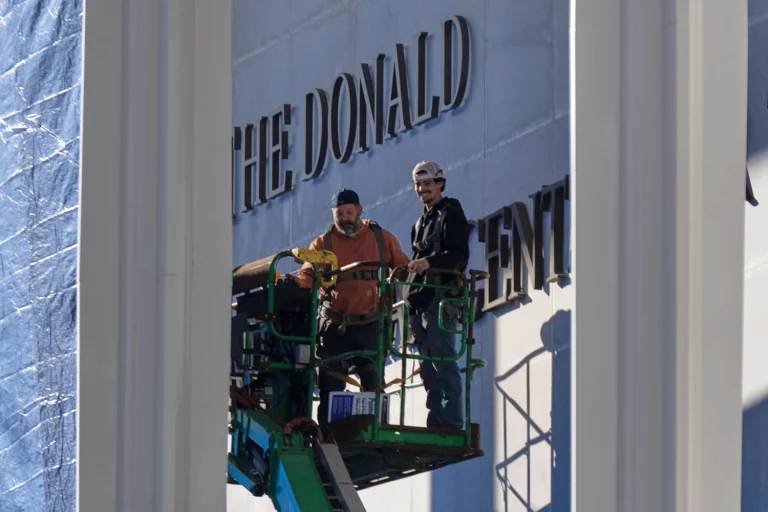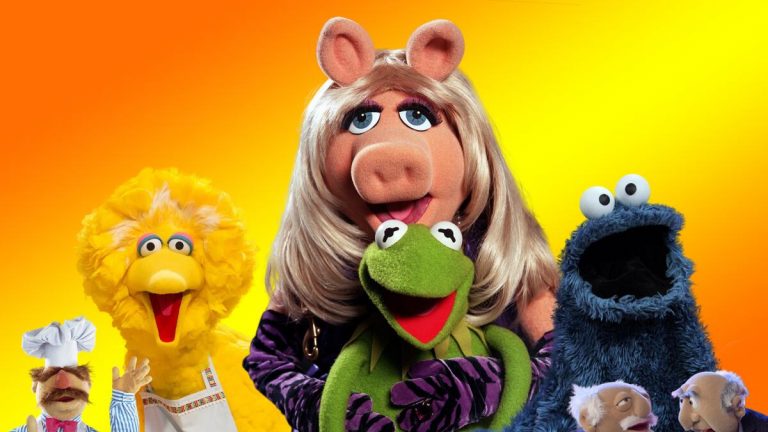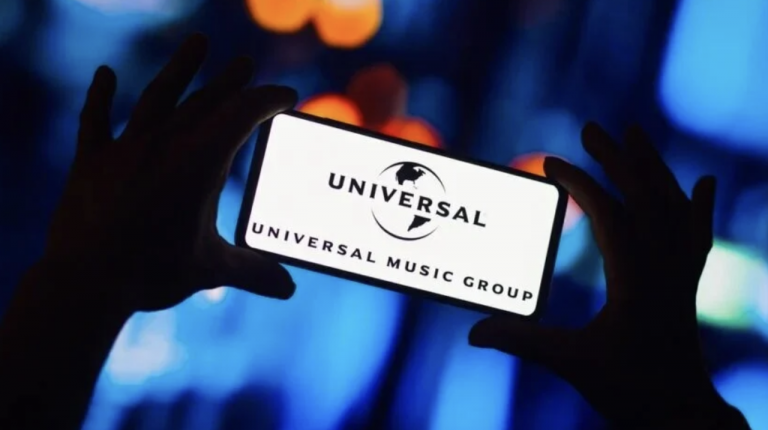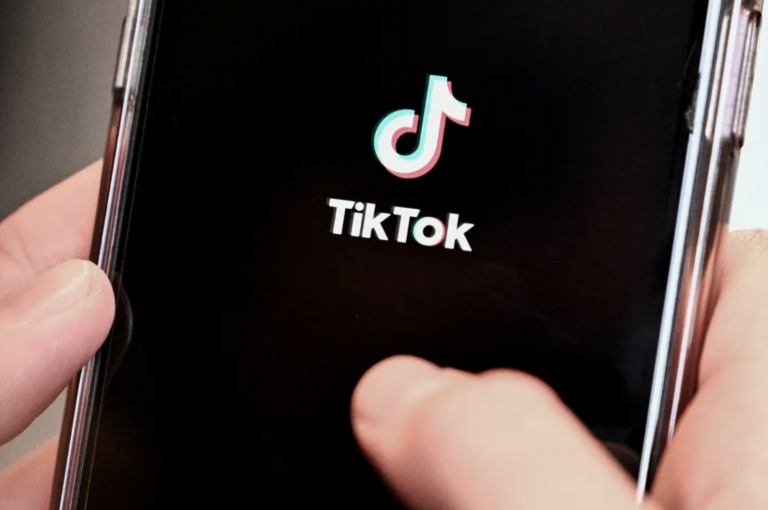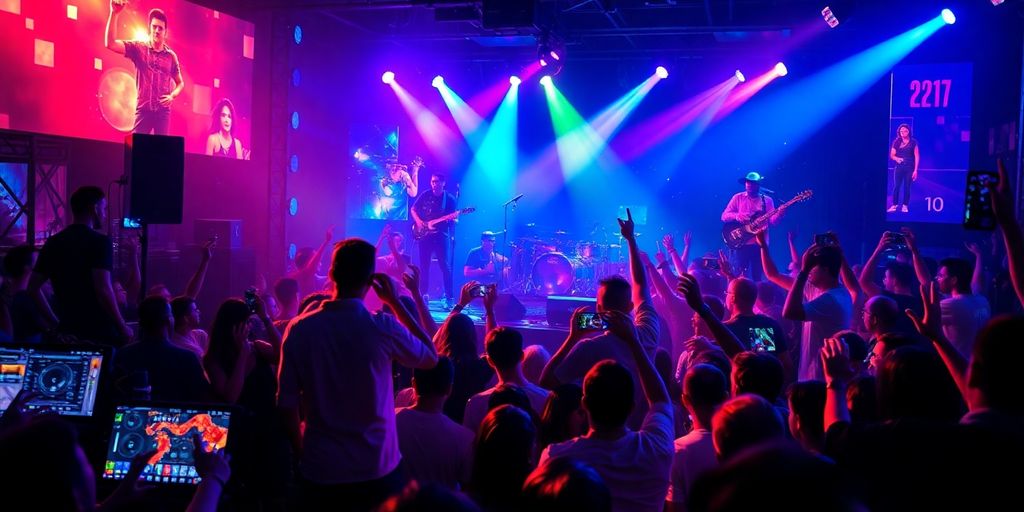
The music industry is on the brink of transformation as we head into 2025, influenced by new technology, changing consumer habits, and fresh revenue models. These shifts are redefining how music is produced, shared, and consumed. In this article, we’ll take a closer look at the trends that are shaping digital music news and what artists and fans can expect in the near future.
Key Takeaways
- Music genres are blending, creating new sounds that reflect diverse influences.
- AI is becoming a major player in music production, changing how artists create and distribute their work.
- Social media continues to redefine music discovery, with short clips and viral trends taking center stage.
- Sustainability is becoming a priority, with eco-friendly practices being adopted by artists and venues.
- Direct-to-fan revenue models are on the rise, allowing artists to connect more directly with their audience.
The Evolution Of Music Genres
Breaking Down Genre Barriers
It’s interesting to see how much music has changed. Traditional music categories are becoming less important. It feels like the lines between different types of music are blurring more than ever. Streaming services and social media are big reasons for this. They’re making it easier for artists to mix different styles and for listeners to discover new sounds. It’s not just about fitting into one box anymore. People want something fresh and unique, and artists are responding by experimenting with all sorts of influences. This is leading to some really cool and unexpected combinations.
The Rise Of Genre-Hopping Aesthetics
Listeners are now seeking out moods that will accompany and heighten their daily lives. Instead of sticking to one genre, people are creating playlists that reflect a certain vibe or feeling. Think about it: you might have a playlist for a rainy day, another for working out, and another for just chilling with friends. These playlists often mix genres, creating a unique listening experience. This trend is also influencing artists, who are now more willing to experiment with different sounds and styles. They’re not afraid to jump between genres to create something that feels authentic and exciting. This is leading to a more diverse and interesting music scene overall. We might even see the rise of sonic branding to help artists stand out.
Emerging Genres In 2025
So, what new sounds are popping up? Well, it’s hard to say for sure, but there are a few trends to watch. Afrohouse, Afrobeats, and Amapiano are still gaining popularity. Country and K-pop are also growing. And don’t forget about hyperpop and shoegaze, which are still making waves. It’s also worth noting the rise of "dirty aesthetics" in pop music. This is all about embracing imperfections and creating a raw, authentic sound. It’s a reaction against the polished, overproduced pop of the past. It’s cool to see artists experimenting with different sounds and pushing the boundaries of what’s considered "pop." I think we’ll see even more imperfect subgenre aesthetics in the future.
The music industry is changing fast. New technologies, shifting social habits, and global events are all playing a role. The old rules are dissolving, and new genres, formats, and production tools are popping up everywhere. 2025 is sure to bring uncertainty, but also plenty of opportunities for artists and fans alike.
The Impact Of AI On Music Production
AI Tools Revolutionizing Creation
AI’s impact on music is getting bigger. It’s not just a futuristic idea anymore; it’s changing how music gets made. AI tools are helping artists come up with melodies, harmonies, and even whole songs with less effort. Think about OpenAI’s Jukebox or Google’s Magenta. These tools let you make music in new ways.
- AI can help with generating new sounds.
- It can also assist in creating variations of existing tracks.
- AI can even be used to personalize music for different listeners.
AI is not going to replace human creativity, but it will change the way music is made. It will allow artists to focus on the creative aspects of music production and less on the technical aspects.
Machine Learning In Music Distribution
Machine learning is also changing how music is distributed. Algorithms are getting better at suggesting music. They might not be able to replace human taste, but they’re getting good at helping people find new music. For example, Spotify has a new scrolling feature that’s similar to TikTok, which helps people discover songs. These algorithms are turning out increasingly helpful in discovering new music. The improving capabilities of technology also apply to music discovery, with AI and algorithms getting better at providing music recommendations.
Ethical Considerations In AI Music
AI in music isn’t without its problems. There are questions about who owns the music that AI creates. Is it the person who used the AI, or the company that made the AI? There are also worries about AI copying artists’ styles. It’s important to think about these things as AI becomes more common in music. We can expect the implementation of new laws and tools as well as further pushback from some artists and endorsement of AI tools by others.
Here are some ethical considerations:
- Copyright issues: Who owns the music created by AI?
- Authenticity: Is AI-generated music "real" music?
- Job displacement: Will AI replace human musicians?
Social Media’s Role In Music Discovery
Social media is changing how we find new music. It’s not just about listening anymore; it’s about sharing, creating, and being part of a community. Let’s look at how social platforms are shaping the music scene in 2025.
New Formats Emerging From Social Platforms
Social media isn’t just a place to share existing music; it’s a breeding ground for new formats. Think about it: short clips, remixes, and interactive videos are all born online. These formats are often more engaging than traditional songs, especially for younger audiences. Musicians are starting to create content specifically for these platforms, understanding that a catchy 15-second clip can be more effective than a full-length track. For example, many artists are now focusing on creating innovative audio snippets that celebrate the power of sound in new ways.
- Live streams are becoming more interactive, with artists taking requests and chatting with fans in real-time.
- Challenges and trends on platforms like TikTok can turn a snippet of a song into a viral sensation.
- Behind-the-scenes content gives fans a peek into the creative process, making them feel more connected to the artist.
Influencer Collaborations And Music Promotion
Influencers aren’t just selling products; they’re also shaping music tastes. Collaborations between musicians and influencers are becoming increasingly common, with influencers using their platforms to promote new releases and introduce artists to their followers. This can be a powerful way to reach new audiences and build buzz around a song. It’s like word-of-mouth marketing, but on a much larger scale. Social media platforms are increasingly integrating audio features and podcasts, enhancing music discovery and fostering discussions around music trends.
- Influencers can create dance challenges or memes using a song, driving engagement and visibility.
- They can host listening parties or Q&A sessions with artists, giving fans a chance to interact directly.
- Influencers can also create their own original content inspired by a song, further amplifying its reach.
The Shift To Short-Form Content
Attention spans are getting shorter, and music is adapting. Short-form video platforms like TikTok and Instagram Reels are now major players in music discovery. A catchy hook or a visually appealing clip can be enough to launch a song into the mainstream. This shift has forced artists to rethink how they create and promote their music, focusing on creating content that’s both engaging and easily shareable. It’s all about capturing attention in those crucial first few seconds. A Forbes article predicts that short-form video platforms will drive 75% of music discovery by 2025.
The rise of short-form content has changed the game. Artists need to be creative and adaptable to succeed in this new landscape. It’s not enough to just release a song; you need to create a whole experience around it.
Here’s a quick look at the impact of short-form content:
| Platform | Key Features | Impact on Music Discovery |
|---|---|---|
| TikTok | Short videos, challenges, trending sounds | Viral hits, rapid exposure for new artists, user-generated content driving trends |
| Instagram Reels | Similar to TikTok, integrated with Instagram | Wider reach through existing follower base, visual focus, potential for collaborations with influencers and other creators |
| YouTube Shorts | Short videos, integrated with YouTube | Discoverability through YouTube’s search and recommendation algorithms, potential for long-term visibility |
Sustainability Trends In The Music Industry
The music industry is starting to wake up. It’s not just about the tunes anymore; it’s about keeping the planet in tune, too. By 2025, expect sustainability to be more than just a buzzword. It’s becoming a core value.
Eco-Friendly Touring Practices
Touring is a huge part of the music biz, but all that travel? Not so great for the environment. Artists are starting to rethink how they hit the road.
- Using biodiesel in tour buses.
- Planning routes to minimize travel distance.
- Partnering with local suppliers to reduce transportation of goods.
It’s not just about cutting emissions; it’s about showing fans that you care. And fans are paying attention. They want to support artists who are doing their part.
Carbon-Neutral Concerts
What if you could rock out without feeling guilty about your carbon footprint? That’s the idea behind carbon-neutral concerts. It’s a big goal, but some venues and artists are already making strides.
- Offsetting carbon emissions through verified projects.
- Using renewable energy sources to power the venue.
- Offering incentives for fans to use public transportation.
Digital Alternatives To Live Events
Sometimes, the most sustainable option is to not travel at all. Digital concerts and events are becoming more sophisticated, offering a way to connect with fans without the environmental impact of a traditional show. Think VR concerts, interactive livestreams, and online festivals. These are becoming more common, and they’re not just a pandemic thing anymore.
- VR concerts offer immersive experiences.
- Livestreams allow for global reach without travel.
- Online festivals can showcase a diverse range of artists.
Digital events aren’t trying to replace live music, but they are a good alternative. They also open up new possibilities for creativity and fan engagement.
Direct-To-Fan Revenue Models

The Growth Of D2F Platforms
It’s no secret that artists are looking for ways to make more money directly from their fans. The rise of direct-to-fan (D2F) platforms is changing the game. These platforms allow musicians to connect with their audience, sell music, merchandise, and experiences, all while keeping a larger share of the revenue. Think of it as cutting out the middleman and building a more sustainable career. D2F platforms are becoming increasingly popular.
- Bandcamp remains a favorite for selling music directly to fans.
- Patreon allows fans to subscribe to artists for exclusive content and perks.
- Shopify enables artists to create their own online stores.
Bypassing Traditional Labels
For years, record labels controlled the music industry. They had the money, the connections, and the power. But now, artists are realizing they don’t need labels as much as they used to. With D2F platforms, artists can handle their own marketing, distribution, and promotion. This gives them more creative control and a bigger slice of the pie. It’s not easy, but it’s definitely possible to build a successful career without signing a traditional record deal. A Digital Music News report showed that D2F revenue grew by 30% in 2023, proving fans are willing to pay artists directly.
Fan Engagement Strategies
Building a strong relationship with your fans is key to success in the D2F world. It’s not just about selling music; it’s about creating a community. Artists are using a variety of strategies to engage with their fans, including:
- Exclusive content: Offering bonus tracks, behind-the-scenes footage, and early access to new music.
- Live streams: Connecting with fans in real-time through online concerts and Q&A sessions.
- Personalized experiences: Creating custom merchandise, offering meet-and-greets, and even writing songs for individual fans.
The most successful artists are the ones who treat their fans like friends, not just customers. They understand that building a loyal fanbase is a long-term investment that pays off in many ways.
The Future Of Streaming Services
Changes In Monetization Policies
Streaming services are in a constant state of flux, and how they make money is a big part of that. It feels like every other week there’s a new article about some service changing its pricing or adding a new tier. The big question is whether these changes are actually working for both the companies and the consumers. It’s a tough balance to strike.
- Ad-supported tiers are becoming more common, but people hate ads.
- Price hikes are inevitable, but they risk losing subscribers.
- Bundling services might be the future, but it could also create confusion.
It’s hard to predict exactly where things are headed, but one thing is clear: the streaming landscape is going to keep evolving. The services that can adapt and find new ways to monetize their content will be the ones that survive.
The Rise Of Subscription Models
Subscription models have become the norm, but there’s a lot of debate about whether they’re sustainable in the long run. People are starting to experience subscription fatigue, with so many different services vying for their money. Will we see a shift back to more a la carte options, or will subscriptions continue to dominate? It’s hard to say, but here’s what I’m seeing:
- More services are offering annual subscriptions at a discount.
- Some companies are experimenting with different subscription tiers based on content or features.
- We might see the rise of "super bundles" that combine multiple services into one.
Impact On Independent Artists
Streaming has been a double-edged sword for independent artists. On one hand, it’s given them a platform to reach a global audience. On the other hand, the royalty rates are often ridiculously low. It’s tough to make a living as an independent musician in the age of streaming. Here’s the deal:
- Some platforms are starting to offer better deals for independent artists.
- Direct-to-fan models are becoming more popular as a way for artists to bypass the traditional gatekeepers.
- The future might involve more artist-owned streaming services or platforms.
The Role Of Virtual Reality In Music Experiences

Immersive Concerts And Events
Virtual reality is turning live concerts into interactive adventures right from your living room. Many events now let you feel like you’re in the middle of a crowd, and some systems even let you move around the venue. Here are a few cool ways VR is changing concerts:
- Unique stage perspectives you can control
- Real-time interaction with the audience
- Customizable experiences depending on your view
A simple table shows some of these features:
| Feature | Details |
|---|---|
| Interactive Arena | Walk around and choose your viewpoint |
| Real-time Chat | Send messages and reactions instantly |
| Surround Sound | Enjoy detailed audio from every angle |
Keep an eye on VR experiences as they continue to evolve in major events.
VR As A Tool For Fan Engagement
Using VR for fan engagement gives artists a new way to connect with their followers. It isn’t just about watching a show. Fans can join virtual meet-ups, ask questions live, or even participate in short workshops. The direct connection makes the experience more personal. The change in fan engagement is pretty dramatic when artists use these tools.
Some clear benefits include:
- Immediate interactive sessions
- Personalized fan interactions
- An inclusive environment that reaches a global audience
The Future Of Music Videos In VR
Imagine watching a music video where you feel you are part of the story. Music videos in VR provide a sense of space by letting viewers choose their focus and move around the scene. This shift from a static clip to a dynamic experience is making video storytelling more interesting.
VR music videos bring a new style of storytelling that invites viewers to explore every corner of the scene.
In the coming years, expect more artists to experiment with immersive music videos. They will likely mix traditional video with interactive elements, giving fans control over their viewing journey. This approach not only makes watching more fun but also changes how artists share their work.
Wrapping Up: The Future of Music in 2025
As we look toward 2025, it’s clear that the music scene is in for some big changes. Technology is moving fast, and artists need to keep up with new tools and trends to stay relevant. From the rise of AI in music creation to the blending of genres, it’s all about adapting to what listeners want. Fans are looking for more than just music; they want experiences and connections. So, whether you’re an artist or a fan, get ready for a wild ride. The future of music is bright, and it’s going to be exciting to see how it all unfolds.
Frequently Asked Questions
What new music genres can we expect in 2025?
In 2025, we might see genres blending together more than ever. Instead of sticking to one style, artists will mix different sounds to create fresh music that reflects their unique experiences.
How is AI changing music production?
AI is making music production easier and more creative. Tools powered by AI can help musicians come up with new ideas, write songs, and even produce tracks with less effort.
Why is social media important for discovering music?
Social media is a key place for finding new music. Many people discover songs through short clips on platforms like TikTok, which can make a song go viral.
What are some eco-friendly practices in the music industry?
Artists are becoming more aware of the environment. Many are adopting green touring methods, like using less energy and reducing waste during concerts.
How are artists earning money directly from fans?
More artists are using direct-to-fan platforms, which allow them to sell music and merchandise directly to their fans, skipping traditional music labels.
What changes are happening with streaming services?
Streaming services are changing how they pay artists. Some are shifting to new subscription models, which could help independent musicians earn more.

